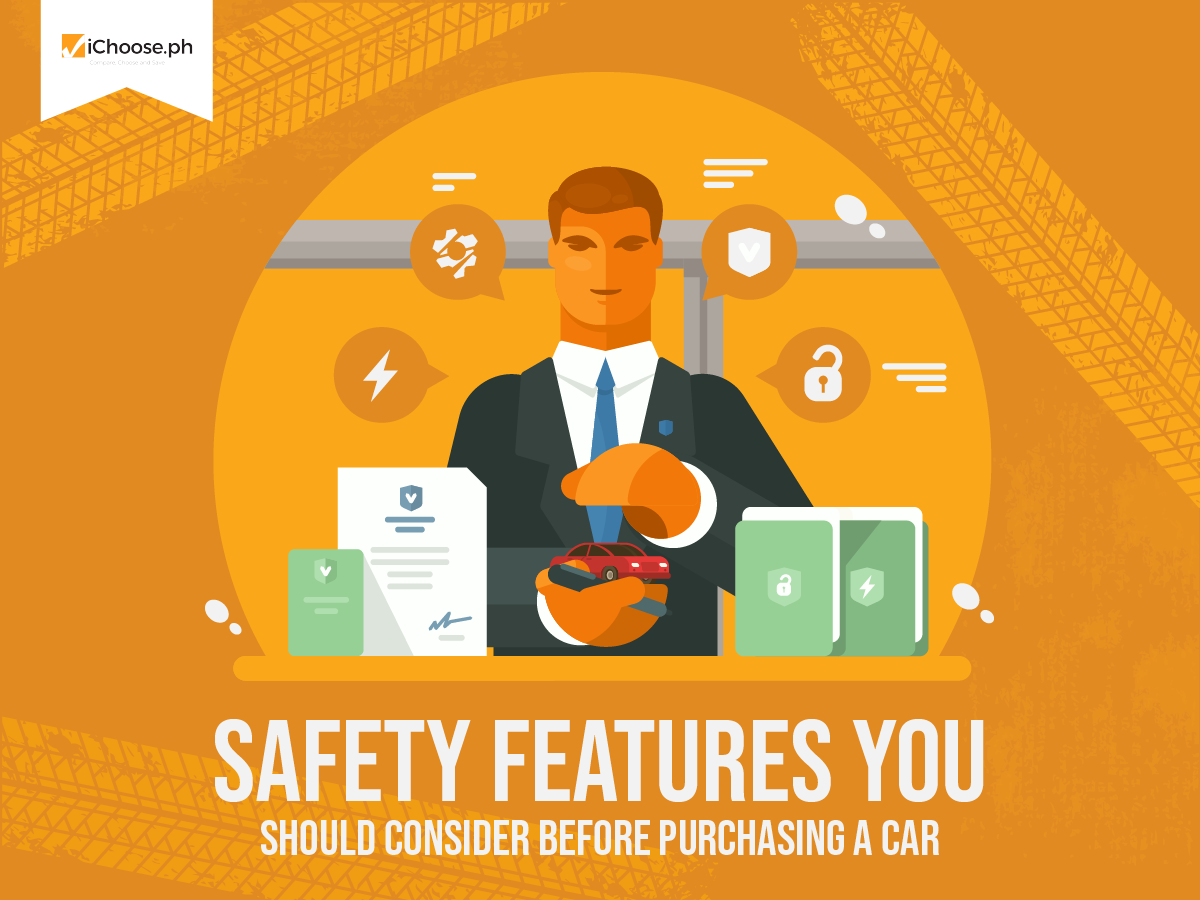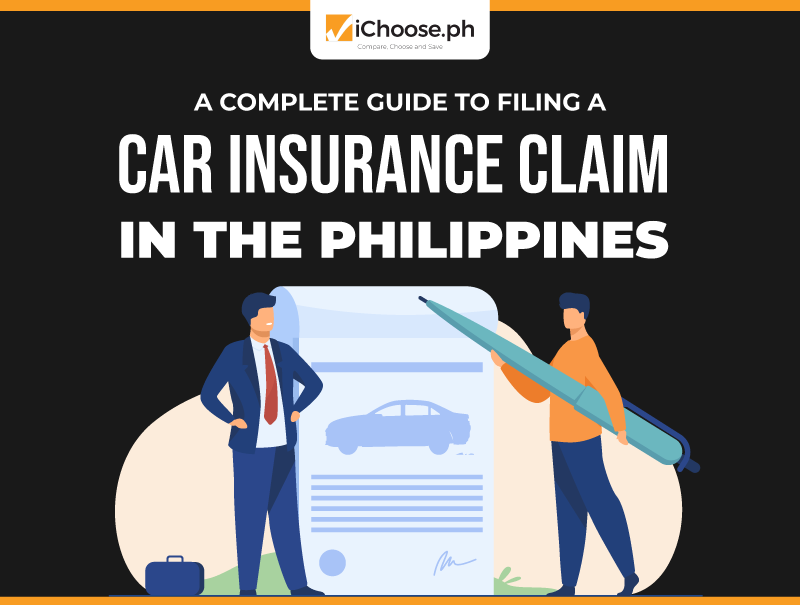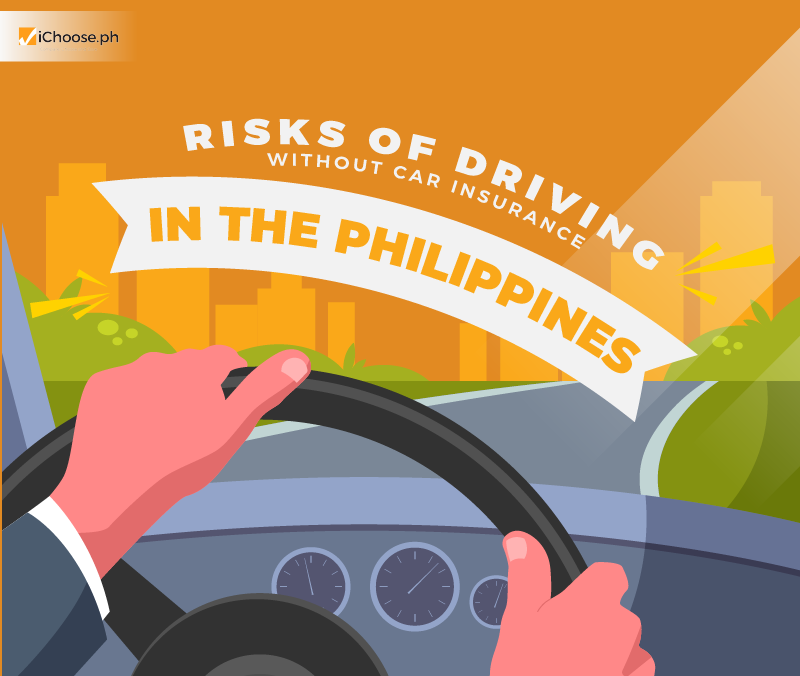Safety Features You Should Consider Before Purchasing a Car
Planning to purchase a vehicle could be an exciting time for anyone. Having your car makes a huge difference as it gives you comfort and convenience when traversing through the roads in the metro.
However, despite the advantages of owning a vehicle, it is essential to remember that when purchasing a car, you have various factors to consider when buying a car – and these must not be done on impulse. Aside from deliberating what brand and model you want and whether to have an automatic or manual transmission vehicle, you also need to consider various safety features built-in in the car.
While most consider seat belts the most significant thing that a vehicle could offer to protect drivers and passengers in an accident, other advanced safety features and systems can further help drivers avoid collisions.
Here are five of the built-in safety features you should consider before buying your car:
Airbags
Airbags are built-in safety features in vehicles that provide cushioning against the force of a collision, improving driver and passenger safety and reducing risks of injury in the event of a car crash. These are triggered and inflated in a few milliseconds when the crash sensors connected to the vehicle’s computer detect a frontal collision.
This safety feature has been standard on all new vehicles since 1998 and light trucks since 1999; thus, all new modern automobiles have airbags. However, even airbags are standard safety features in a car; it is vital to consider them before buying a car, particularly when purchasing a used vehicle. It is crucial to check the airbags to see if these have been recalled.
Anti-Lock Brake System
The anti-lock brake system (ABS) prevents cars’ wheels from locking up during hard braking. Consequently, when the wheels lock up, the driver will be unable to control where the vehicle goes.
The ABS works by releasing and reapplying the brakes to the car wheels. It has sensors on each wheel that detects ‘locking’ or when a wheel stop moving and starts to skid. Consequently, when the system detects a lock-up, it communicates with the car’s computer. It pumps the brakes, typically 100 times a second, to allow maximum vehicle braking while still driving the driver.
Electronic Stability Control
Electronic stability control (ESC) uses sensors to detect loss of traction and compensate for traction, preventing the vehicle from sliding or skidding. This safety feature is beneficial when driving in poor weather or poor road conditions. It is can also be particularly helpful for taller vehicles types like SUVs and pickup trucks, as these have more significant tendencies to roll over.
Traction Control
Traction control is an electronic system that increases the vehicle’s traction to limit the wheels from spinning during acceleration and give the driver more control of their car.
This safety feature reduces accidents by giving drivers more ability to stop and control their steering. Accordingly, like ESC, the traction control can also play a role in lowering rollover situations for top-heavy vehicles.
Tire pressure monitoring system
The tire pressure monitoring system (TPMS) is a safety feature that gives drivers a warning when their tire pressures are below the recommended PSI. It uses sensors to monitor tire pressure continuously and lights the TPMS symbol on the dashboard. The symbol can be a tire’s cross-section with an exclamation point or an overhead view of a vehicle with all four tires exposed.
Conclusion
When comparing car models, do not overlook their safety features. Although most of the safety features mentioned above are now standard on new car models, checking on these is crucial if you buy a used vehicle.
Furthermore, having a vehicle with plenty of built-in safety features can also help you lower your car insurance Ph premium. They are statistically less likely to be involved in an accident; thereby, some insurers are more willing to provide lower premium rates for them.
While safety features protect reduce your risks of getting involved in a collision, it is also imperative to get insurance coverage to protect yourself financially in the event of an accident.
You must shop around and compare car insurance policies to determine which policy meets your budget and needs. In addition, you can also expedite the process of comparing policy coverages and rates from different insurance providers by leveraging a comparison website, insurance Philippines.
iChoose PH is the leading car insurance comparison site in the Philippines. It enables car owners to make the right decision when selecting a car insurance policy. Visit our website at www.iChoose.ph to view unbiased quotations from some industry’s leading car insurance companies.
Read More: Smart Ways to Reduce the Cost of Your Car Insurance [Infographic]
More useful reads from iChoose.ph







